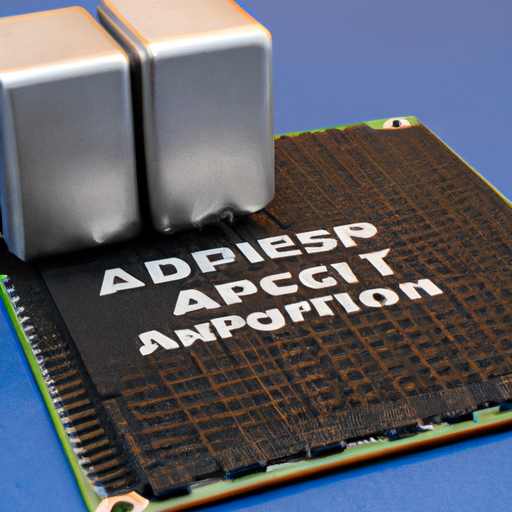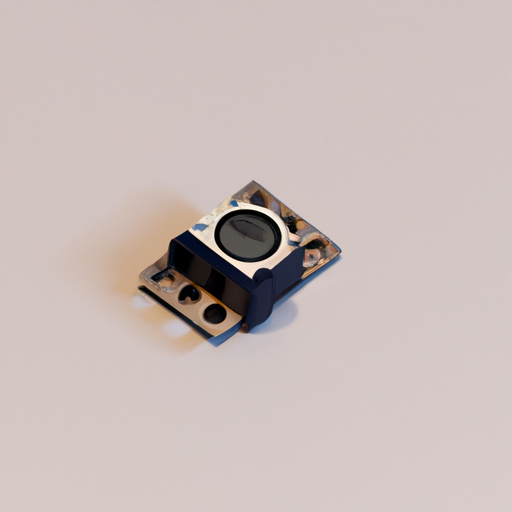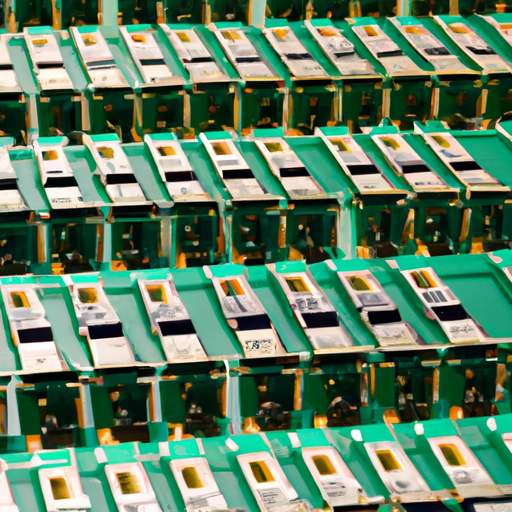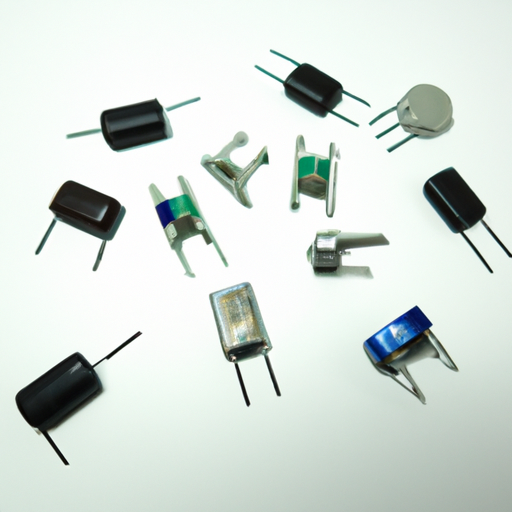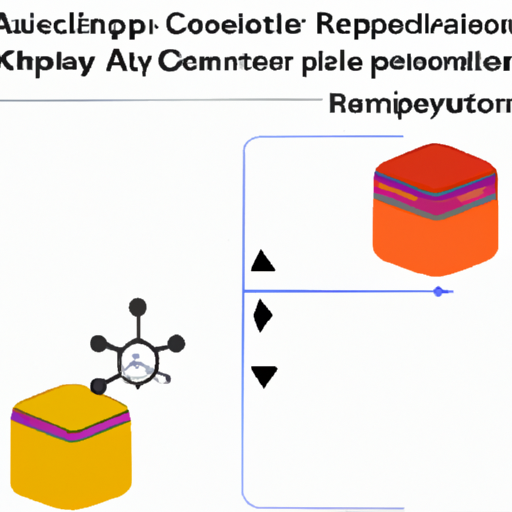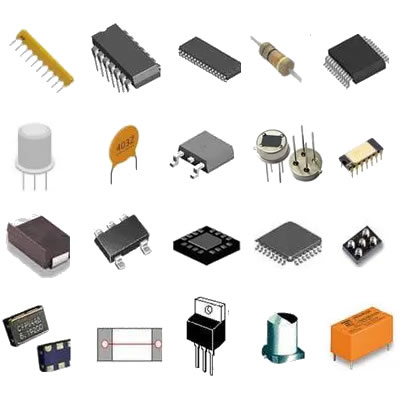What is the working principle of capacitor energy storage?
What is the Working Principle of Capacitor Energy Storage?
I. Introduction
A. Definition of Capacitor
A capacitor is a passive electronic component that stores electrical energy in an electric field. It consists of two conductive plates separated by an insulating material known as a dielectric. When a voltage is applied across the plates, an electric field is created, allowing the capacitor to store energy.
B. Importance of Energy Storage in Modern Applications
In today's fast-paced technological landscape, energy storage has become increasingly vital. From renewable energy systems to electric vehicles, efficient energy storage solutions are essential for managing power supply and demand. Capacitors play a crucial role in this domain, offering unique advantages that complement other energy storage technologies.
C. Overview of Capacitor Energy Storage
Capacitor energy storage is based on the principle of storing energy in an electric field. Unlike batteries, which store energy chemically, capacitors can charge and discharge energy rapidly, making them ideal for applications requiring quick bursts of power. This blog post will delve into the working principles of capacitor energy storage, exploring its mechanisms, types, applications, advantages, limitations, and future trends.
II. Basic Principles of Capacitors
A. Structure of a Capacitor
1. Conductive Plates
A capacitor consists of two conductive plates, typically made of metal, that are placed parallel to each other. These plates are responsible for storing electric charge.
2. Dielectric Material
The space between the plates is filled with a dielectric material, which is an insulator that increases the capacitor's ability to store charge. Common dielectric materials include air, ceramic, plastic, and electrolytic substances.
B. Capacitance
1. Definition and Units
Capacitance is defined as the ability of a capacitor to store charge per unit voltage. It is measured in farads (F), where one farad is equivalent to one coulomb of charge stored per volt of potential difference.
2. Factors Affecting Capacitance
Several factors influence a capacitor's capacitance, including the surface area of the plates, the distance between them, and the type of dielectric material used. Larger plates and smaller distances increase capacitance, while different dielectrics can enhance energy storage capabilities.
C. Charging and Discharging Process
1. Voltage and Electric Field
When a voltage is applied across the plates, an electric field is established, causing positive and negative charges to accumulate on the respective plates. The amount of charge stored is directly proportional to the voltage applied.
2. Current Flow and Time Constants
During the charging process, current flows into the capacitor until it reaches its maximum charge. The time it takes to charge or discharge a capacitor is characterized by the time constant (τ), which is the product of resistance (R) and capacitance (C). This time constant determines how quickly a capacitor can respond to changes in voltage.
III. Energy Storage Mechanism
A. Energy Storage in Electric Fields
1. Formula for Energy Stored
The energy (E) stored in a capacitor can be calculated using the formula:
\[ E = \frac{1}{2} C V^2 \]
where \( C \) is the capacitance in farads and \( V \) is the voltage in volts. This equation illustrates that the energy stored increases with the square of the voltage, highlighting the importance of voltage in energy storage.
2. Role of Dielectric Material
The dielectric material enhances the capacitor's ability to store energy by increasing the electric field strength between the plates. This allows for more charge to be stored without increasing the physical size of the capacitor.
B. Comparison with Other Energy Storage Systems
1. Batteries
Batteries store energy chemically and can provide a higher energy density than capacitors. However, they have slower charge and discharge rates, making them less suitable for applications requiring rapid energy delivery.
2. Inductors
Inductors store energy in a magnetic field rather than an electric field. While they can also provide quick bursts of energy, they are typically used in different applications, such as filtering and energy transfer in circuits.
3. Supercapacitors
Supercapacitors, or ultracapacitors, bridge the gap between traditional capacitors and batteries. They offer higher energy density than standard capacitors while maintaining fast charge and discharge rates, making them suitable for applications requiring both characteristics.
IV. Types of Capacitors Used for Energy Storage
A. Electrolytic Capacitors
Electrolytic capacitors are polarized capacitors that use an electrolyte as one of the plates. They have high capacitance values and are commonly used in power supply applications, audio equipment, and energy storage systems.
B. Ceramic Capacitors
Ceramic capacitors are non-polarized and made from ceramic materials. They are known for their stability and reliability, making them suitable for high-frequency applications and decoupling in electronic circuits.
C. Film Capacitors
Film capacitors use thin plastic films as dielectrics. They offer excellent performance in terms of stability and low losses, making them ideal for applications in power electronics and audio systems.
D. Supercapacitors
Supercapacitors combine the properties of traditional capacitors and batteries, offering high energy density and rapid charge/discharge capabilities. They are increasingly used in renewable energy systems, electric vehicles, and backup power applications.
V. Applications of Capacitor Energy Storage
A. Power Electronics
1. Smoothing and Filtering
Capacitors are widely used in power electronics to smooth out voltage fluctuations and filter noise in power supplies. They help maintain stable voltage levels, ensuring the reliable operation of electronic devices.
2. Energy Buffering
In applications where power demand fluctuates, capacitors can act as energy buffers, providing quick bursts of energy when needed and absorbing excess energy during low demand periods.
B. Renewable Energy Systems
1. Solar Power
Capacitors are used in solar power systems to store energy generated during peak sunlight hours, allowing for a steady power supply even when sunlight is not available.
2. Wind Energy
In wind energy systems, capacitors help manage the variable output of wind turbines, providing stability and improving the efficiency of energy conversion.
C. Electric Vehicles
1. Regenerative Braking
Capacitors play a crucial role in electric vehicles by capturing energy during regenerative braking, allowing it to be stored and reused for acceleration.
2. Energy Recovery Systems
Capacitors are used in energy recovery systems to store energy generated during deceleration, enhancing the overall efficiency of electric vehicles.
D. Consumer Electronics
1. Power Supply Stabilization
In consumer electronics, capacitors help stabilize power supplies, ensuring that devices operate smoothly without interruptions.
2. Timing Circuits
Capacitors are essential components in timing circuits, where they help control the timing of signals in various electronic applications.
VI. Advantages and Limitations of Capacitor Energy Storage
A. Advantages
1. Fast Charge and Discharge Rates
Capacitors can charge and discharge energy rapidly, making them ideal for applications requiring quick bursts of power.
2. Long Cycle Life
Capacitors have a long cycle life, often exceeding hundreds of thousands of charge and discharge cycles, making them reliable for long-term use.
3. High Power Density
Capacitors can deliver high power output in a short time, making them suitable for applications that require immediate energy delivery.
B. Limitations
1. Lower Energy Density Compared to Batteries
While capacitors excel in power density, they have lower energy density than batteries, limiting their ability to store large amounts of energy for extended periods.
2. Voltage Dependency
The performance of capacitors is highly dependent on voltage levels, which can limit their effectiveness in certain applications.
3. Temperature Sensitivity
Capacitors can be sensitive to temperature variations, which may affect their performance and reliability in extreme conditions.
VII. Future Trends in Capacitor Technology
A. Advances in Materials Science
1. Nanotechnology
Nanotechnology is paving the way for the development of advanced capacitor materials that can enhance energy storage capabilities and improve performance.
2. New Dielectric Materials
Research into new dielectric materials is ongoing, with the potential to create capacitors with higher capacitance and energy density.
B. Integration with Other Energy Storage Systems
Future trends indicate a growing interest in integrating capacitors with other energy storage systems, such as batteries and flywheels, to create hybrid solutions that leverage the strengths of each technology.
C. Potential for Smart Grid Applications
As smart grid technology evolves, capacitors will play a crucial role in energy management, helping to balance supply and demand and improve the overall efficiency of power distribution.
VIII. Conclusion
A. Summary of Key Points
Capacitor energy storage is a fundamental concept in electronics, based on the ability to store energy in an electric field. With various types of capacitors available, each suited for specific applications, their role in modern technology is undeniable.
B. The Role of Capacitors in Future Energy Solutions
As the demand for efficient energy storage solutions continues to grow, capacitors will play an increasingly important role in various sectors, from renewable energy to electric vehicles.
C. Final Thoughts on the Importance of Understanding Capacitor Energy Storage
Understanding the working principles of capacitor energy storage is essential for harnessing their potential in future technologies. As advancements in materials and integration with other systems continue, capacitors will remain a vital component in the quest for efficient and sustainable energy solutions.


